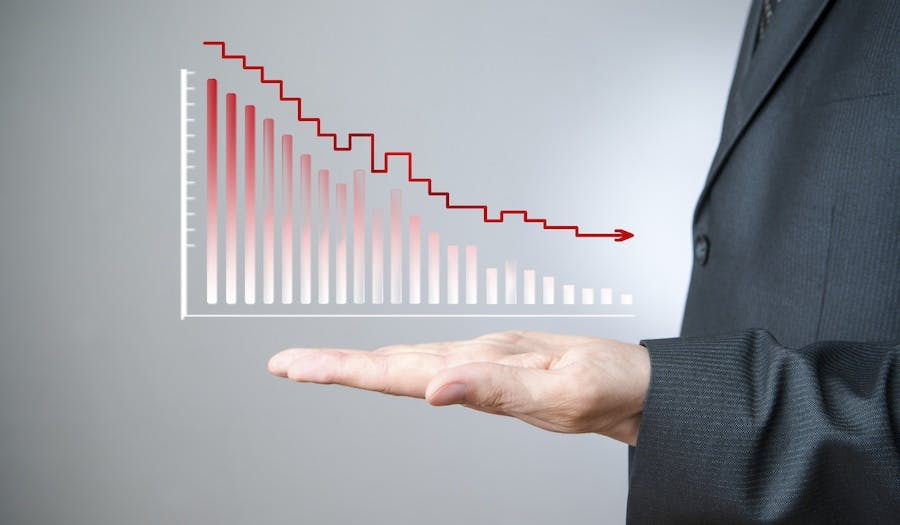The Reserve Bank of Australia (RBA) has today cut the cash rate by 25 basis points to 2.0 per cent, a record low that comes one week away from this year’s delivery of the Federal Budget.
The second drop in rates this year, effective from May 6, saw the Australian dollar react with a drop to $0.7795, but a recovery to highs of $0.7898 was soon seen.
“The global economy is expanding at a moderate pace, but commodity prices have declined over the past year, in some cases sharply. These trends appear largely to reflect increased supply, including from Australia. Australia’s terms of trade are falling nonetheless,” RBA Governor Glenn Stevens said in his statement.
“The Federal Reserve is expected to start increasing its policy rate later this year, but some other major central banks are stepping up the pace of unconventional policy measures. Hence, financial conditions remain very accommodative globally, with long-term borrowing rates for sovereigns and creditworthy private borrowers remarkably low.”
Mr Stevens cited a weakness in business capital expenditure, in mining and non-mining sectors, as the main drag on private demand over the coming year. Regardless of a lower exchange rate, he said inflation would remain consistent with the target over the next couple of years.
“At today’s meeting, the Board judged that the inflation outlook provided the opportunity for monetary policy to be eased further, so as to reinforce recent encouraging trends in household demand.”
The Australian Retailers Association (ARA) welcomed the cut, calling it “a step toward building higher levels of business and consumer confidence.” However, ARA Executive Director Russell Zimmerman said more was needed to boost business and employment.
“Retailers are now looking ahead to the Federal Budget to ensure small business tax cuts are being delivered in order to boost their bottom lines,” Mr Zimmerman said.
“Low interest rates are acting to support borrowing and spending and today’s rate cut is certainly a positive step, however, business growth must still be supported with a solid plan in the upcoming Federal Budget.”
Michelle Hutchison, Money Expert at Australian comparison website finder.com.au, said Australians should begin preparing for interest rate hikes.
“While most borrowers who have a variable rate home loan will be rejoicing in saving about $47 per month for an average $300,000 home loan from today’s rate cut announcement, it looks like the party is over for more rate drops,” Ms Hutchison said.
“Interest rate hikes are right around the corner. If you’re not preparing now for higher costs, you could end up in financial trouble from next year.”
According to a finder.com.au survey, 68 per cent of leading experts and economists are expecting interest rates to begin rising as early as February 2016.
“The Survey shows the cash rate is expected to rise to 4 percent, which means variable home loan interest rates will hit an average peak of 7.10 per cent. For an average $300,000 home loan, that’s an extra $341 in repayments per month,” Ms Hutchison said.
“There would be a lot of borrowers who are not factoring in this higher cost and will need to start preparing now to ensure they won’t be under unnecessary pressure from next year by comparing home loans, asking their lender for a discount, switching to a cheaper deal and making fortnightly or weekly repayments rather than monthly.”

